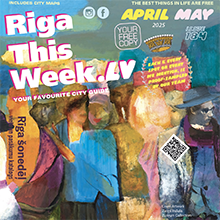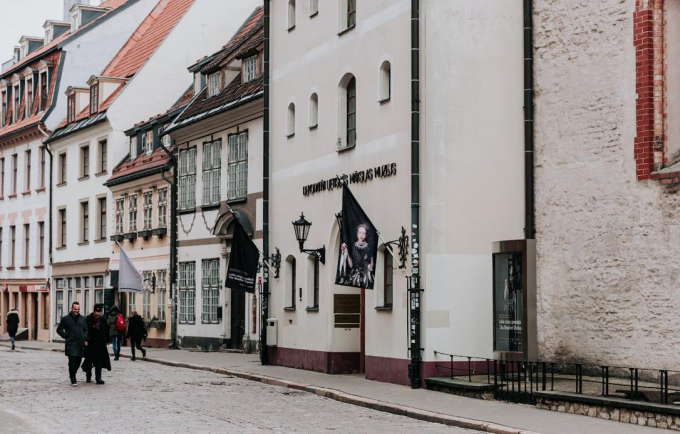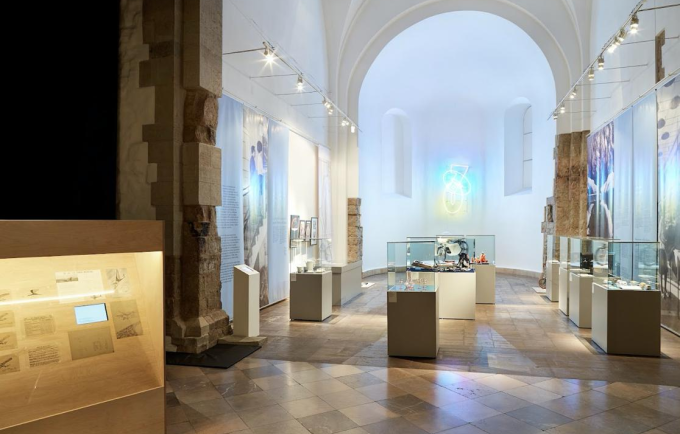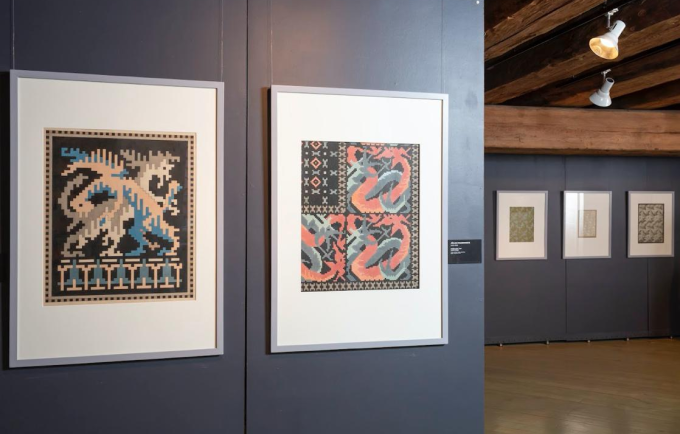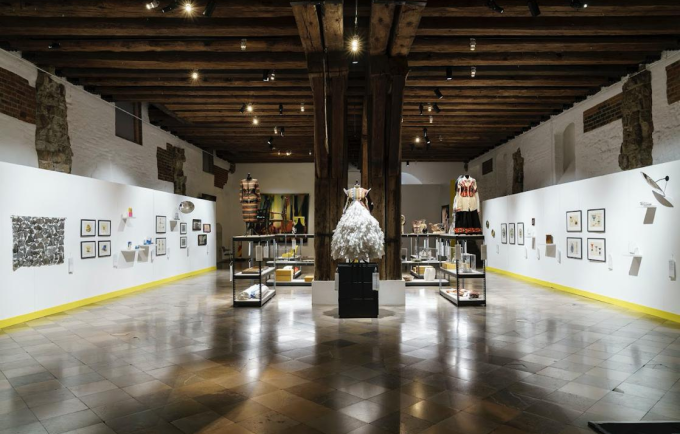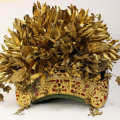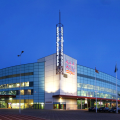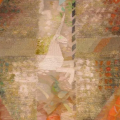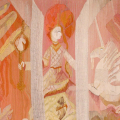The Museum of Decorative Arts and Design was opened on July 6, 1989 and it is situated in the former St.George's church – the oldest surviving stone building in Riga.
The Museum of Decorative Arts and Design is established as a museum of Latvian professional decorative applied art, which preserves predominantly artworks and „one off” design objects created by Latvian artists. Artworks by foreign artists are donations to the museum. In total the holding of the museum comprises seven collections: textile art, ceramics and porcelain, metal art, leather art, decorative woodworking, glass art and, since 2006, design.
In its beginnings, Latvian professional decorative art, inspired by the first national awakening, was mostly rooted in folk craft traditions and the ethnographic heritage. In the first half of the 20th century there was a search for their national identity in the area of decorative applied art. Prominent masters like Jūlijs Madernieks (1870–1955), Jūlijs Straume (1874–1970), Ansis Cīrulis (1883–1942), Jēkabs Bīne (1895–1955), Arvīds Dzērvītis (1847–1942) and others were involved in this search, which was particularly relevant in the context of the time.
The museum owns the biggest existing collection of works by the founders of Latvian modernism, artists of the Baltars porcelain painting workshop: Romans Suta (1896–1944), Aleksandra Beļcova (1892–1981) and Sigismunds Vidbergs (1890–1970). Latvian modernism is defined by the abstract geometrical forms inspired by the Cubist, Futurist and Art Deco movements, decorative colours and shapes and graphic subtlety. The collection of works spans the time from the late 1800s to the present.
The permanent displays of the Museum of Decorative Arts and Design on the 2nd and 3rd floor help the visitors to gain an insight into the creative work of each individual artist as well as to get impression about the dominating art styles and directions of different periods of time.
Alongside the permanent exhibitions, the museum systematically presents a wide range of temporary shows. Exhibitions of Latvian and international decorative art and design are held annually. A significant role in the activities of the museum is played by creative workshops (fabric printing, wool felting, etc.) and other events which provide an opportunity for every participant to express their creative imagination.

